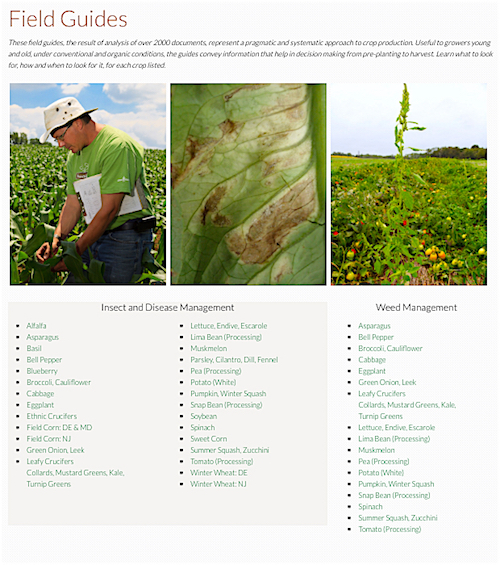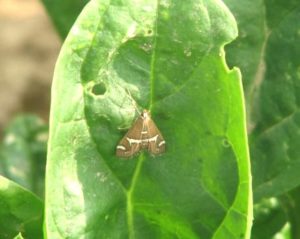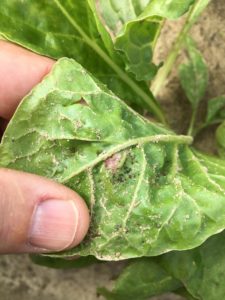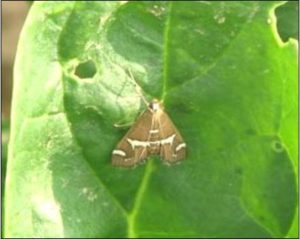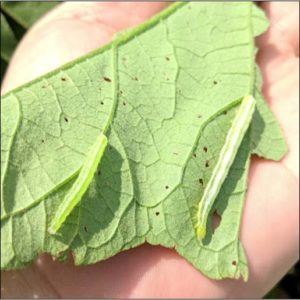In conjunction with the New York State IPM Program and the Department of Agriculture and Markets, the Northeastern IPM Center will host a collection of webinars, titled “Spotted Lanternfly Basics.” Each webinar will focus on, and be tailored to, a specific commodity group:
Spotted Lanternfly Basics for Grape and Apple Industries (Feb. 26, 2019, 1:00 p.m.). Registration link: https://cornell.zoom.us/webinar/register/WN_d_3KfxQ9SuKHyhk6pM7NCA
Spotted Lanternfly Basics for Hops, Berry, and Vegetable Growers (Feb. 26, 2019, 10:00 a.m.). Registration link: https://cornell.zoom.us/webinar/register/WN_ONViZLocSBCOKIv-sjoZVg
Spotted Lanternfly Basics for Christmas Tree Growers (Mar. 4, 2019, 10:00 a.m.). Registration link: https://cornell.zoom.us/webinar/register/WN_7eehVeBvSBOgM3aTXOtaew
Spotted Lanternfly Basics for Nursery, Greenhouse, and Landscape Industries (Mar. 4, 2019, 1:00 p.m.). Registration link: https://cornell.zoom.us/webinar/register/WN_u5mYQOHMSESWFcNoftt2Nw
All webinars will follow a similar format that covers spotted lanternfly biology, identification, and hosts, monitoring and management strategies, and a regulatory update. While the content may be relevant to audiences throughout the Northeast, management practices covered will be specific to New York. Participants will be encouraged to ask questions.
For more information and registration links, go to:
 Articles in this section contain information helpful to the NJ commercial organic grower.
Articles in this section contain information helpful to the NJ commercial organic grower.